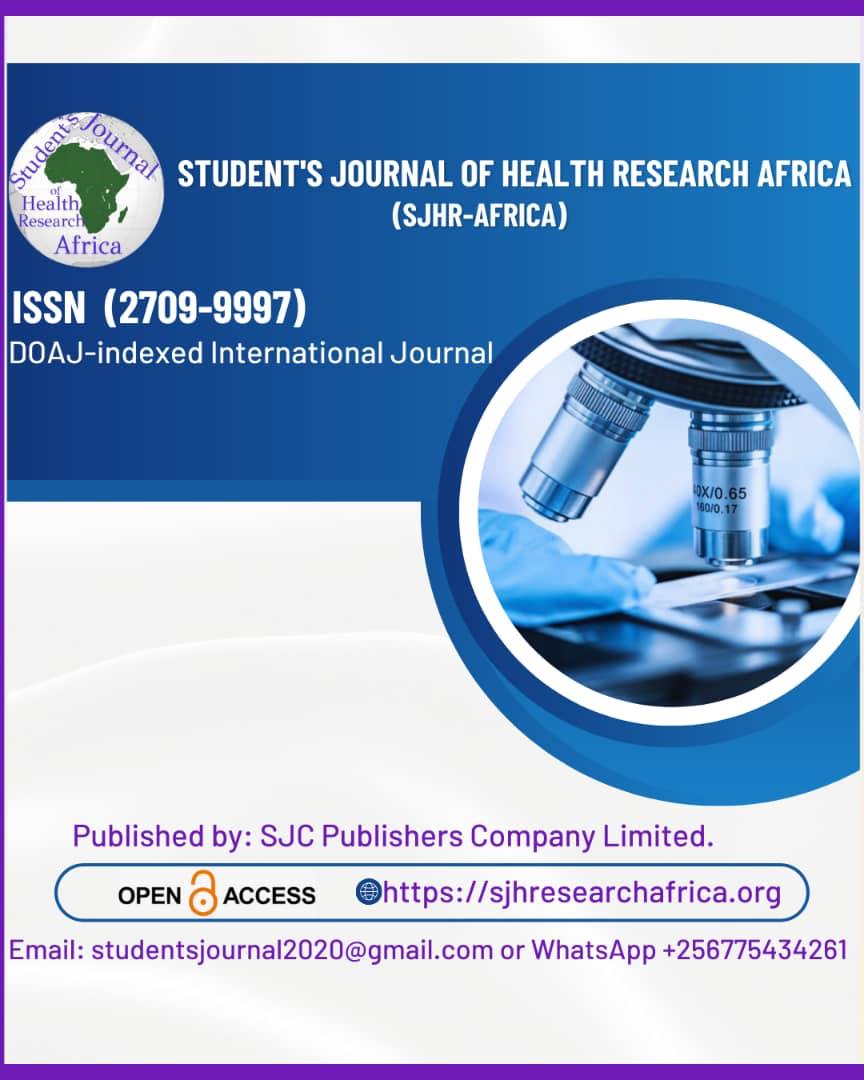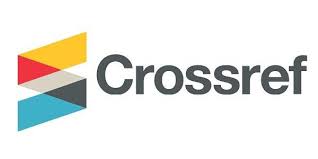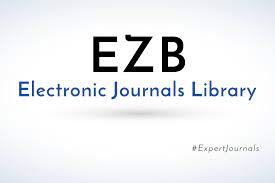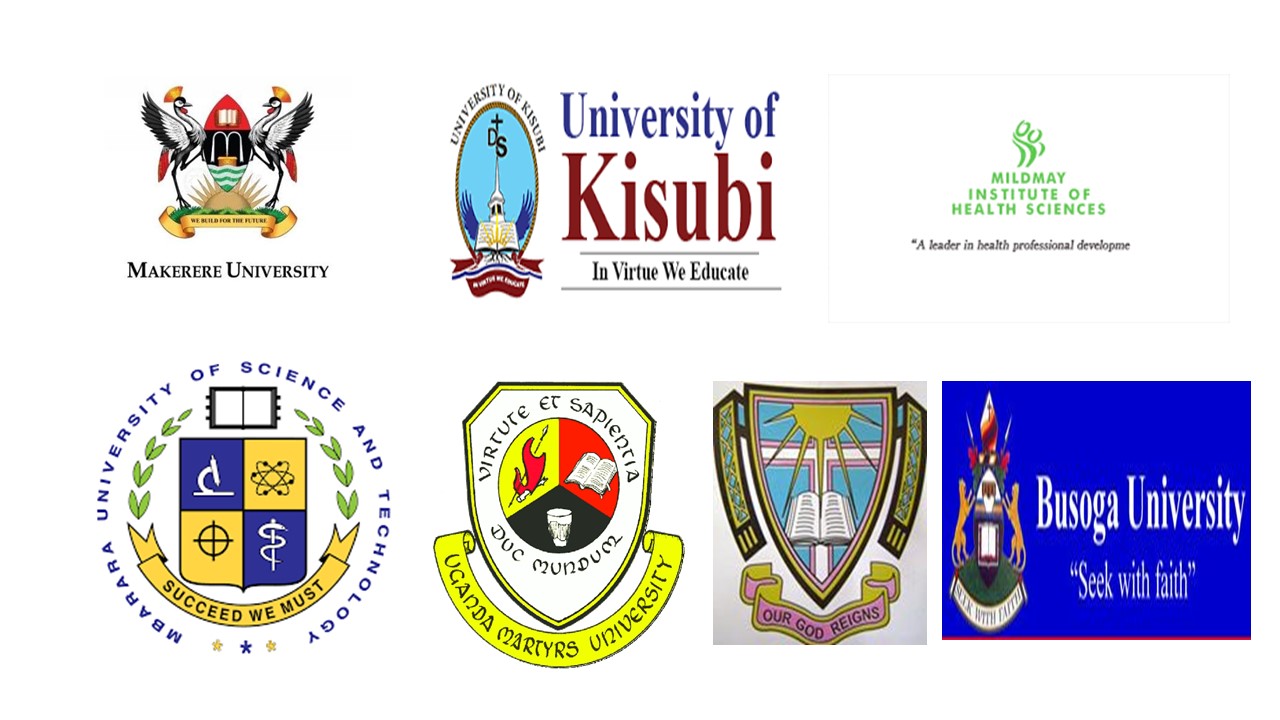A cross-sectional assessment of fish populations and bacterial contamination in the uMngeni, uThukela, Umvoti, Umdloti, and Umfolozi Rivers, KwaZulu-Natal.
DOI:
https://doi.org/10.51168/sjhrafrica.v6i6.1844Keywords:
Fish biodiversity, E. coli contamination, freshwater ecosystems, river health, KwaZulu-Natal, biomonitoring, ecological integrity, anthropogenic impact, water quality, conservation managementAbstract
Background
Freshwater rivers in KwaZulu-Natal are essential for biodiversity, human well-being, and ecosystem services. However, increasing anthropogenic pressures, including wastewater discharge, agricultural runoff, and urban development, have raised concerns over declining fish biodiversity and rising bacterial contamination. Fish serve as indicators of long-term ecological health, while Escherichia coli (E. coli) reflects immediate public health risks.
Methods
A cross-sectional field study was conducted in 2024 across five rivers: uMngeni, uThukela, Umvoti, Umdloti, and Umfolozi. Sampling occurred at upstream, midstream, and downstream sites. Fish were collected using electrofishing and gill nets, identified to species level, and evaluated for diversity, abundance, and trophic group. Water samples were analyzed for total coliforms and E. coli using membrane filtration per SANS 241 guidelines. Descriptive statistics and ANOVA were used to test spatial trends and site differences.
Results
Fish diversity and abundance varied significantly across rivers and sites. The uMngeni and Umvoti Rivers recorded the lowest species richness, particularly downstream, indicating pollution and habitat degradation. In contrast, the Umdloti and Umfolozi Rivers showed greater diversity. Carnivorous and omnivorous species dominated impacted sites, while sensitive species occurred in less disturbed rivers. Bacterial analysis revealed elevated E. coli levels in downstream areas, with uMngeni and Umvoti sites exceeding safety thresholds (>1,000 CFU/100ml), posing health risks to local communities.
Conclusion
Marked ecological variation was observed among KwaZulu-Natal rivers. Reduced fish diversity and elevated bacterial loads in heavily impacted rivers indicate deteriorating ecological and public health conditions.
Recommendation
Integrated monitoring programs should combine biological and microbial indicators. Pollution control, wastewater treatment, agricultural buffers, and riparian restoration are essential. Promoting community-based awareness and catchment management will support long-term river conservation and sustainable use.
References
APHA (2017) Standard Methods for the Examination of Water and Wastewater. 23rd edn. Washington, D.C.: American Public Health Association.
Barbour, M.T., Gerritsen, J., Snyder, B.D. & Stribling, J.B. (1999) Rapid Bioassessment Protocols for Use in Streams and Wadeable Rivers: Periphyton, Benthic Macroinvertebrates and Fish. 2nd edn. Washington, D.C.: U.S. Environmental Protection Agency.
Cabral, H.N., Vasconcelos, R.P., Vinagre, C., França, S., Fonseca, V., Maia, A., Reis-Santos, P., Lopes, M., Ruano, M., Campos, J., Freitas, V., Santos, P.T., Costa, M.J. & Gordo, L.S. (2012) 'Ecological traits of fish assemblages from different estuarine systems in Portugal', Marine Ecology Progress Series, 448, pp. 221–234.
Dallas, H.F. & Day, J.A. (2004) The Effect of Water Quality Variables on Aquatic Ecosystems: A Review. WRC Report No. TT 224/04. Pretoria: Water Research Commission.
Department of Water Affairs and Forestry (DWAF) (1996) South African Water Quality Guidelines. Volume 1: Domestic Water Use. 2nd edn. Pretoria: DWAF.
Department of Water Affairs and Forestry (DWAF) (1997) South African Scoring System (SASS) Version 5 Rapid Bioassessment Method for Rivers. Pretoria: DWAF.
Department of Water Affairs and Forestry (DWAF) (2012) Water Quality Guidelines.
Department of Water and Sanitation (DWS) (2017) Water Quality Standards Handbook: Chapter 3: Water Quality Guidelines. Pretoria: DWS.
Elliott, M., Whitfield, A.K., Potter, I.C., Blaber, S.J.M., Cyrus, D.P., Nordlie, F.G. & Harrison, T.D. (2007) 'The guild approach to categorizing estuarine fish assemblages: a global review', Fish and Fisheries, 8(3), pp. 241–268.
Fatoki, O.S., Gogwana, P. & Ogunfowokan, A.O. (2001) 'Pollution assessment in the Keiskamma River and in the impoundment downstream', Water SA, 27(4), pp. 485–490.
Gamito, R., Cabral, H.N., Costa, M.J., Jorge, I. & Erzini, K. (2012) 'Functional diversity of fish communities in estuaries of the Iberian Peninsula', Estuarine, Coastal and Shelf Science, 110, pp. 43–53.
Harrison, T.D., Cooper, J.A.G. & Ramm, A.E. (2000) 'State of South African estuaries: Geomorphology, ichthyofauna, water quality and aesthetics', State of the Environment Series. Pretoria: Department of Environmental Affairs and Tourism.
Harrison, T.D. & Whitfield, A.K. (2004) 'A multi-metric fish index to assess the environmental condition of estuaries', Journal of Fish Biology, 65(3), pp. 683–710.
Harrison, T.D. & Whitfield, A.K. (2006) 'Temperature and salinity as primary determinants influencing the biogeography of fishes in South African estuaries', Estuarine, Coastal and Shelf Science, 66(2), pp. 335–345.
Kari, K. (1981)
Kleynhans, C.J. (2017).
Lin, Y., Wang, D., Xu, D., Chen, J. & Wang, H. (2012) 'Assessment of river water quality using fuzzy synthetic evaluation', Procedia Environmental Sciences, 13, pp. 1601–1612.
Maceda-Veiga, A. & De Sostoa, A. (2011) 'Observational evidence of the sensitivity of some fish species to environmental stressors in Mediterranean rivers', Ecological Indicators, 11(2), pp. 311–317.
Meador, M.R., McIntyre, J.P. & Pollock, K.H. (1993) 'Assessing the effectiveness of electrofishing and rotenone for sampling fish assemblages in a small southeastern stream', North American Journal of Fisheries Management, 13(4), pp. 686–697.
National Health and Medical Research Council (NHMRC) & Agriculture and Resource Management Council of Australia and New Zealand (ARMCANZ) (2003) Australian Drinking Water Guidelines. Canberra: NHMRC and ARMCANZ.
Oberholster, P.J., Ashton, P.J. & Botha, A.-M. (2010) 'Using a battery of bioassays, benthic phytoplankton and water chemistry to assess the health of a river ecosystem receiving treated sewage effluent', Physics and Chemistry of the Earth, Parts A/B/C, 35(13-14), pp. 1157–1165.
Salgot, M., Huertas, E., Weber, S., Dott, W. & Hollender, J. (2006) 'Wastewater reuse and risk: definition of key objectives', Desalination, 187(1-3), pp. 29–40.
South African Bureau of Standards (SABS) (2015) SANS 241: Drinking Water Specification. Pretoria: SABS.
Straub, T.M. & Chandler, D.P. (2003) 'Towards a unified system for detecting waterborne pathogens', Journal of Microbiological Methods, 53(2), pp. 185–197.
Todd, C. & Roux, D. (2000) 'Design of an aquatic biomonitoring programme, using the South African River Health Programme as a case study'. In: 1st WARFSA/Water Net Symposium: Sustainable Use of Water Resources, Maputo, 1–2 November 2000.
Turpie, J.K. (2002) 'The valuation of riparian fisheries in southern Africa', African Journal of Aquatic Science, 27(1), pp. 59–70.
Van der Oost, R., Beyer, J. & Vermeulen, N.P.E. (2003) 'Fish bioaccumulation and biomarkers in environmental risk assessment: a review', Environmental Toxicology and Pharmacology, 13(2), pp. 57–149.
Whitfield, A.K. & Elliott, M. (2002) 'Fishes as indicators of environmental and ecological changes within estuaries: a review of progress and some suggestions for the future', Journal of Fish Biology, 61(sA), pp. 229–250.
WITO (1999)
Downloads
Published
How to Cite
Issue
Section
License
Copyright (c) 2025 Sibonelo Thanda Mbanjwa

This work is licensed under a Creative Commons Attribution-NonCommercial-NoDerivatives 4.0 International License.






















